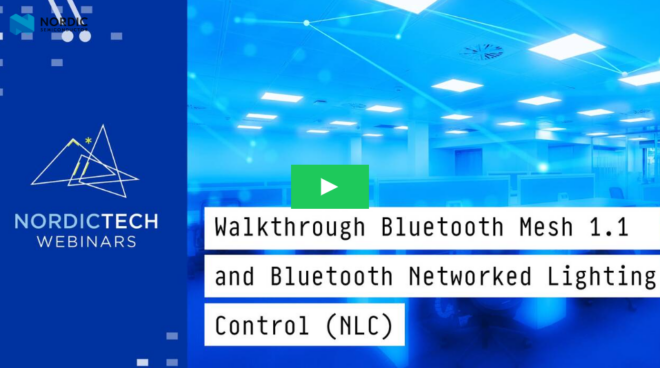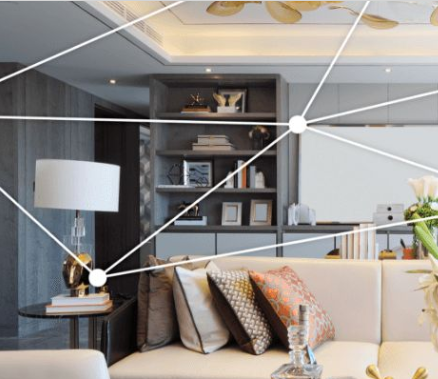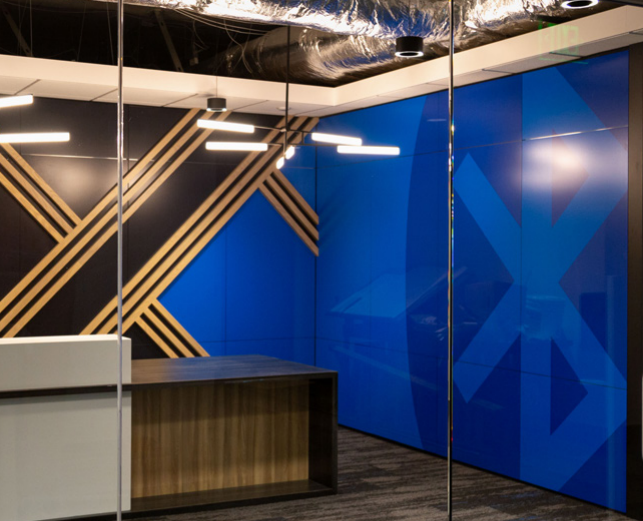
The Bluetooth® Mesh specification, adopted in the summer of 2017, represents a milestone of major importance for Bluetooth® technology as it enters its 20th year of existence in 2018. Bluetooth no longer solely offers point-to-point or broadcast radio communication capabilities, it now also offers networking.
On completing the mesh proxy kit, developers will have a solid understanding of relevant aspects of Bluetooth Mesh.
If Bluetooth Mesh is a completely new subject for you, it’s recommended that you read the Bluetooth Mesh technology overview. One of the things you’ll learn from the overview is that Bluetooth Mesh makes it possible for most in-market devices, like smartphones and tablets, to securely communicate with the devices in a mesh network. They can, in fact, become members of the mesh network themselves. This is a remarkable capability which makes it possible for developers to create applications with which to monitor and control devices in a Bluetooth Mesh network. Imagine being able to wirelessly control every system and device in a smart building, from anywhere in the building, using only the smartphone you already have. Imagine industrial machines, processes, and facilities being monitored using the same type of standard application, which any developer could write. All of this is possible without the need to upgrade operating systems with a Bluetooth Mesh stack and APIs.
The magic mesh ingredients which makes this possible is a special network role called the proxy and a protocol called the mesh proxy protocol.
Bluetooth Mesh and the mesh proxy protocol offer a great opportunity for developers to create applications and generate revenue from Bluetooth Mesh and to deal with new use cases in new industry sectors.
Mesh Proxy Kit 1.0
The Mesh Proxy Kit is a new, self-study educational resource in two parts, which will help developers learn about the mesh proxy protocol from both a theoretical and practical point of view. In the first part, developers will learn the foundational theory needed to understand and exploit the mesh proxy protocol. In the second, following detailed instructions and explanations, developers will code a client application which will formulate a mesh proxy Protocol Data Unit (PDU) and secure it using the required cryptographic functions and keys.
The kit includes the code for a skeleton mesh proxy node, written in node.js which can be run on any compatible device such as a Raspberry Pi. The client application is also given the ability to discover and connect to the mesh proxy node and PDUs can be submitted to the proxy node for validation and logging.
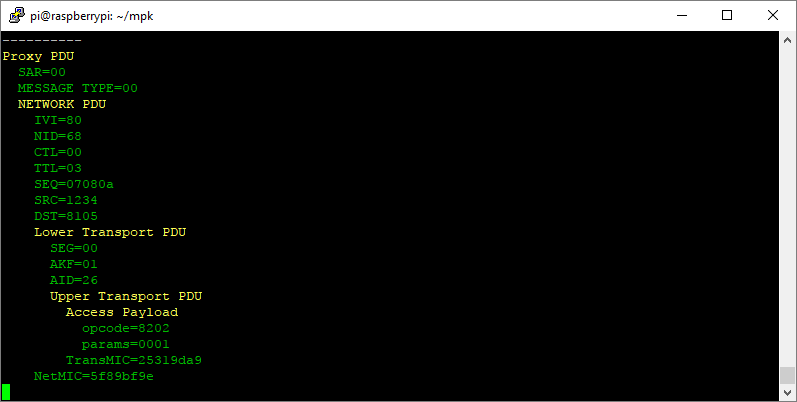
On completing the mesh proxy kit, developers will have a solid understanding of relevant aspects of Bluetooth Mesh, including the cryptography which is involved, the breakdown of a PDU, and how proxy nodes are discovered and communicated with. This should act as exactly the foundation needed to move on to create incredible applications for use with Bluetooth mesh networks.
Download the mesh proxy kit today and become a Bluetooth® Mesh developer!
![]()
FEATURED DOWNLOAD
An Introduction to the Bluetooth Mesh Proxy Function
This self-study educational resource covers the key technicalities involved in creating applications for smartphones and other platforms which can monitor and control nodes in a Bluetooth Mesh network.

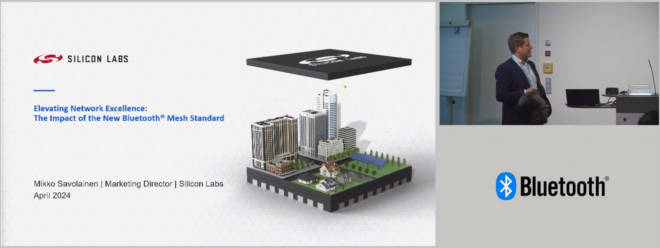
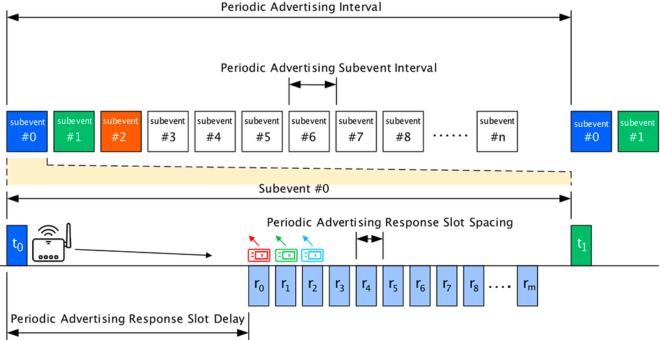



![shutterstock 1653733096[1]](https://www.bluetooth.com/wp-content/uploads/2024/03/shutterstock_16537330961-660x372.jpg)
![Periodic Advertising with Responses[1]](https://www.bluetooth.com/wp-content/uploads/2024/02/Periodic-Advertising-with-Responses1-660x345.png)





